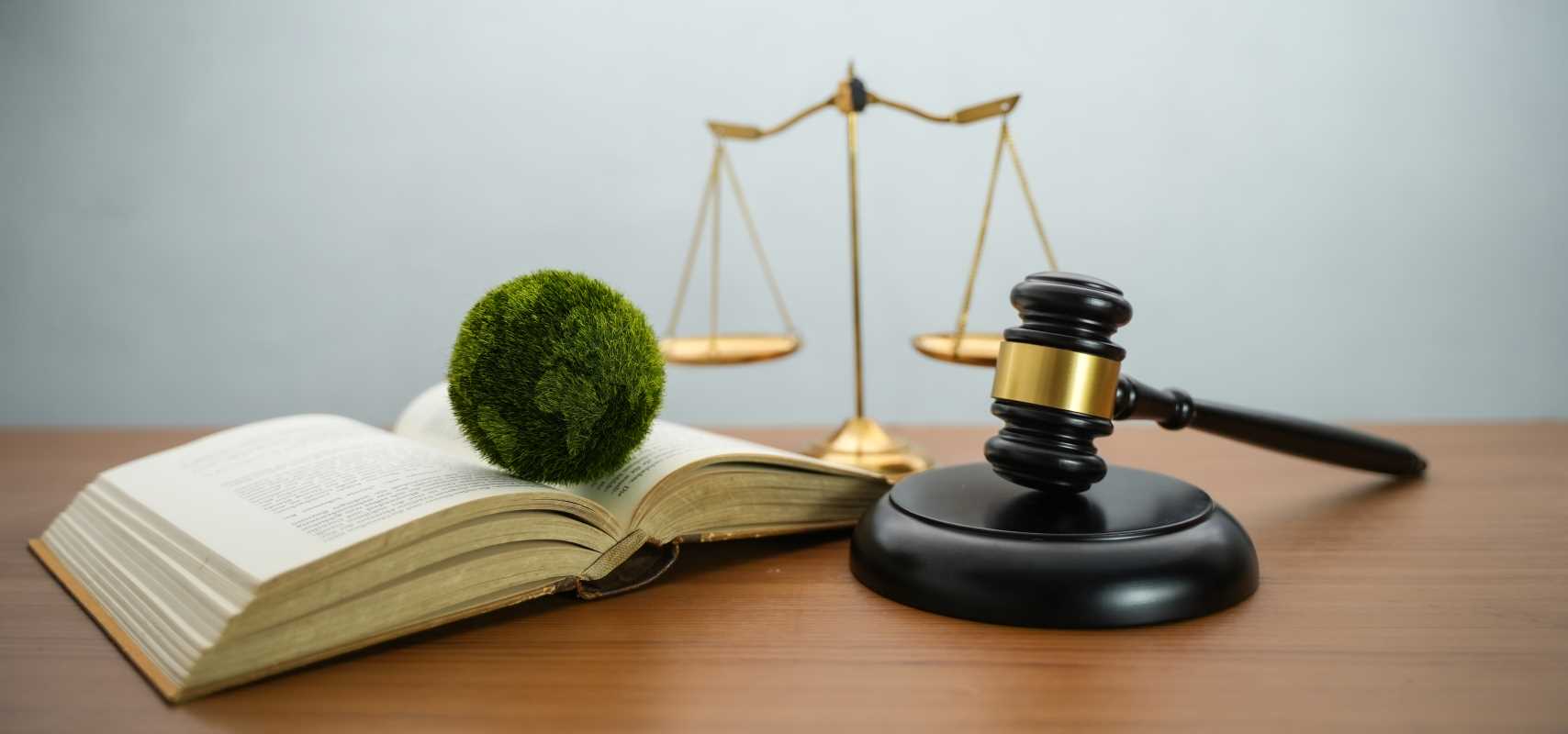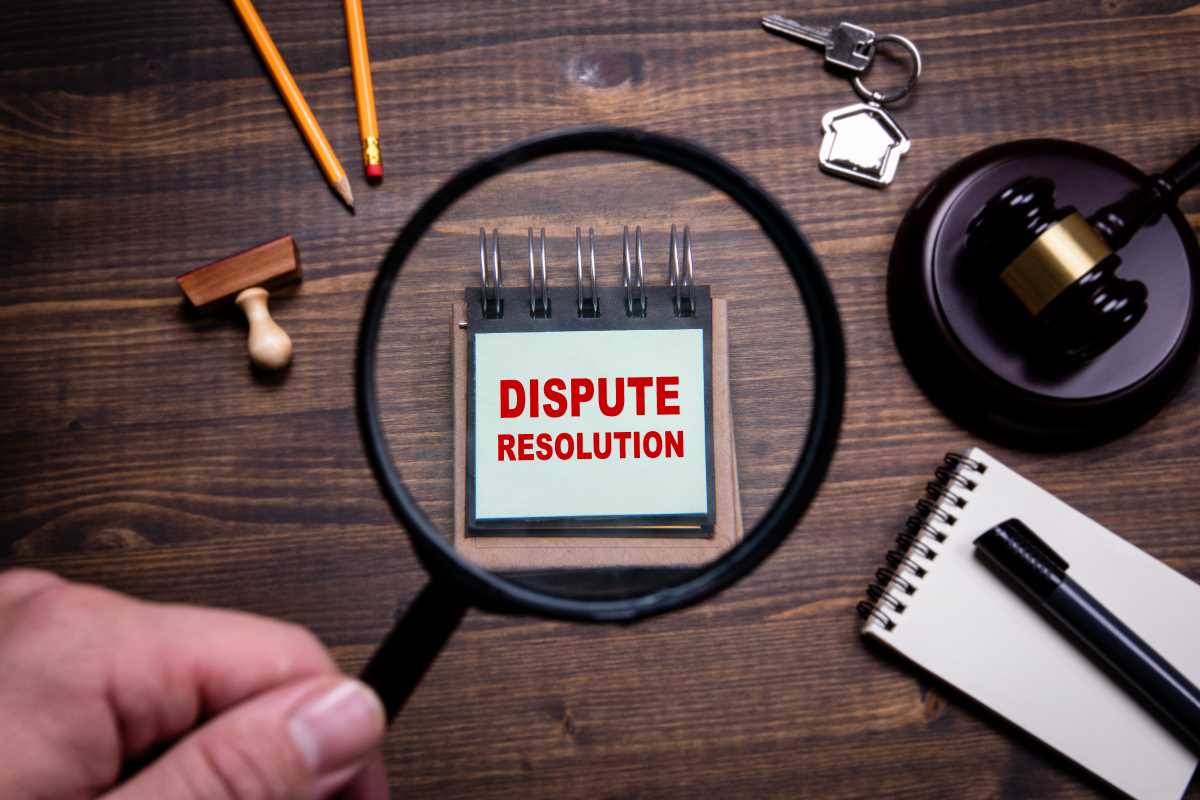Unique marks and symbols set creative businesses apart and help customers recognize their products. Small batch artisans use these distinctive signs to highlight their skills and build lasting relationships with buyers. By securing the rights to a special name or logo, creators add an extra layer of protection to their work and ensure no one else can claim their identity. The sense of accomplishment that comes from each handcrafted item makes it essential to safeguard the symbols that represent a business’s story and reputation. Trademark protection gives artisans peace of mind and allows them to focus on what they do best.
Gaining the confidence to pursue your creative vision involves understanding how legal protections work. This foundation helps you handle conflict if someone challenges your rights or even tries to take credit for your original ideas.
Understanding Trademark Basics
Trademarks act as a badge of origin for your work, ensuring that customers can recognize who made a product. Knowing the basics of trademark law can help you avoid legal pitfalls and secure your creative identity. Here are some key concepts to keep in mind:
- A trademark can be a name, logo, symbol, sound, or even a color scheme that identifies your work.
- Registering a trademark strengthens your legal claim and provides protection at the national level.
- Even unregistered trademarks enjoy some protection, but enforcing rights might be more difficult.
- A trademark must be unique and not easily confused with another existing mark in your industry.
Understanding these points can save you time and money later if disputes arise. Taking the time to register your trademark early means less stress if similar marks appear in your market.
Proper documentation and record-keeping support your trademark's validity. Gathering evidence of continuous use in commerce helps you establish your claim if someone challenges you.
Common Trademark Dispute Scenarios for Small Batch Artisans
Disputes often happen when another party uses a similar symbol, color scheme, or name that confuses customers. For example, if another artisan uses a name nearly identical to yours, potential customers might mistakenly buy their product thinking it comes from your workshop. Such confusion not only weakens your brand but also impacts customer loyalty.
Another situation involves misunderstandings over design elements. When another artist launches with a logo that resembles yours, debates over originality and ownership arise, creating a need for legal clarity. Differences in interpretation can lead to costly legal battles if not managed carefully.
Steps to Take When Facing a Trademark Dispute
Acting quickly and thoughtfully is essential if you face a possible trademark dispute. Following a clear series of steps can help you keep control of your creative identity.
- Gather evidence of use, communication, and any market confusion to document the issue.
- Review your trademark registration and related documents to confirm your rights.
- Reach out informally to the other party to discuss the overlap in marks and try to find common ground.
- Consult a legal expert specializing in intellectual property to analyze your situation.
- Decide if you need a formal cease-and-desist letter or legal action based on professional advice.
This step-by-step process gives you control and prevents rash decisions that could harm your brand. Making deliberate choices can help you avoid overreacting and escalating the situation unnecessarily.
The situation varies from case to case, but a clear plan often leads to faster and less stressful solutions. Keep records of every interaction to support your case if you need it later.
Preventive Measures to Minimize Trademark Issues
Preventing conflicts is preferable to resolving them. Small batch artisans can make their business smoother by investing time in proper trademark research before launching a new product or line. Start with thorough searches in trademark databases and check if the name or design has been used by another creator. For many, this initial step helps avoid disputes altogether.
Another useful step is to keep a close eye on emerging trends within your craft community. When you notice other creatives adopting similar names or symbols, consider reaching out early. Staying proactive prevents disputes and fosters goodwill among fellow artisans. It can also help you spot potential infringements before they become serious issues.
When and How to Seek Legal Help
Knowing when to consult a lawyer helps you avoid getting lost in legal complexities alone. If a dispute looks like it might lead to a lawsuit or informal conversations don’t resolve the issue, seeking legal advice becomes necessary. Find a legal professional experienced in trademark cases and intellectual property issues. Their insights can clarify your rights, possible solutions, and next steps.
Start with a consultation early in the dispute process. An expert review might reveal a simple misunderstanding or a clear way to resolve the matter without costly litigation. Even if you prefer to handle things yourself, occasional advice from a qualified attorney boosts your confidence in managing future issues. Remember, every creative business benefits from knowing the right moment to seek legal guidance and letting a specialist handle the process.
Additional Resources
The right information can complement your practical knowledge, helping you stay in control of your creative and legal future.
Your creative work deserves a solid foundation free from unnecessary disputes. By understanding the basics of trademarks, recognizing common conflicts, and knowing what steps to take when issues come up, you strengthen your ability to defend your work. Handling these details today prepares you for a smoother tomorrow.
Protect your creativity to maintain your work's integrity and your customers' trust.
 (Image via
(Image via





